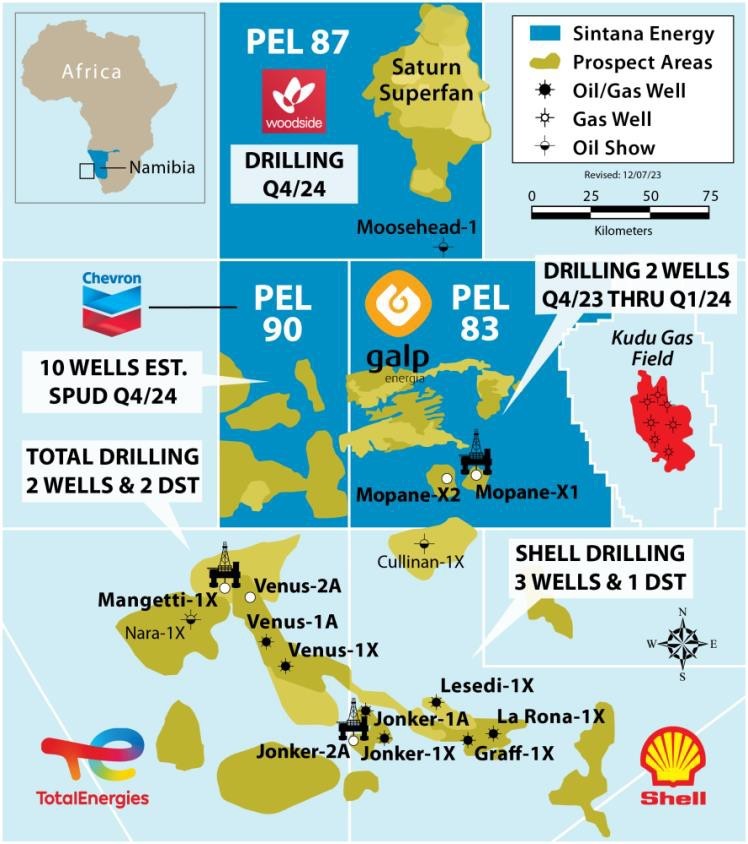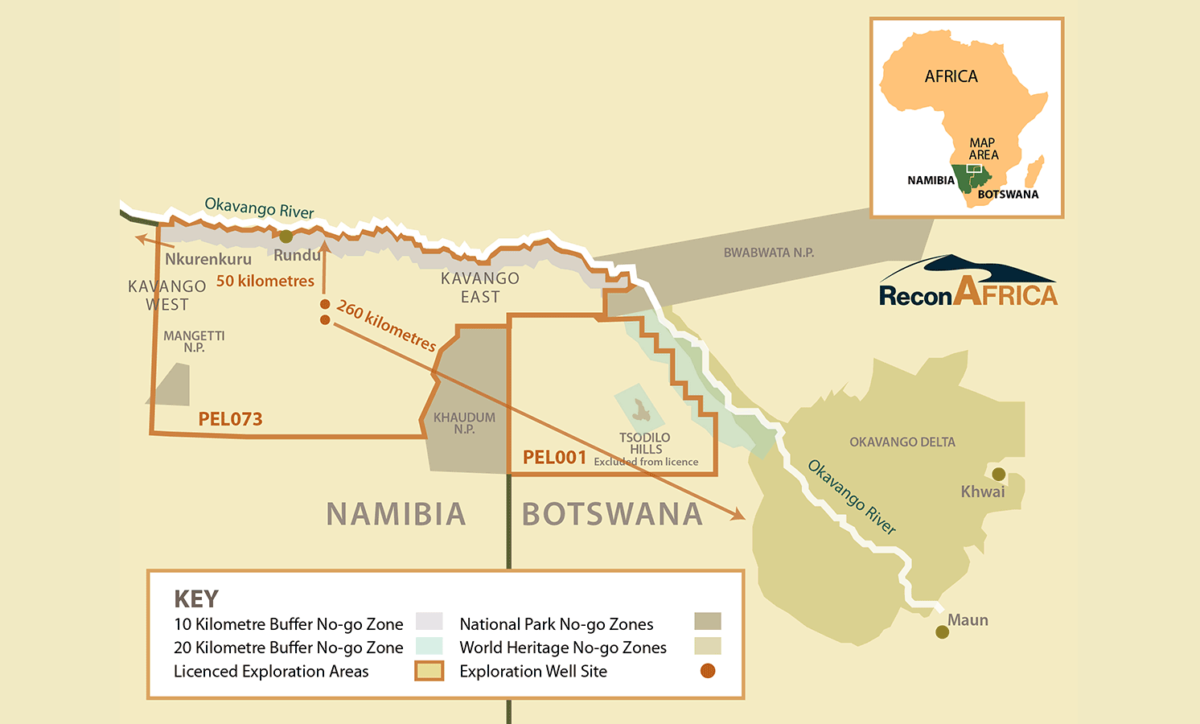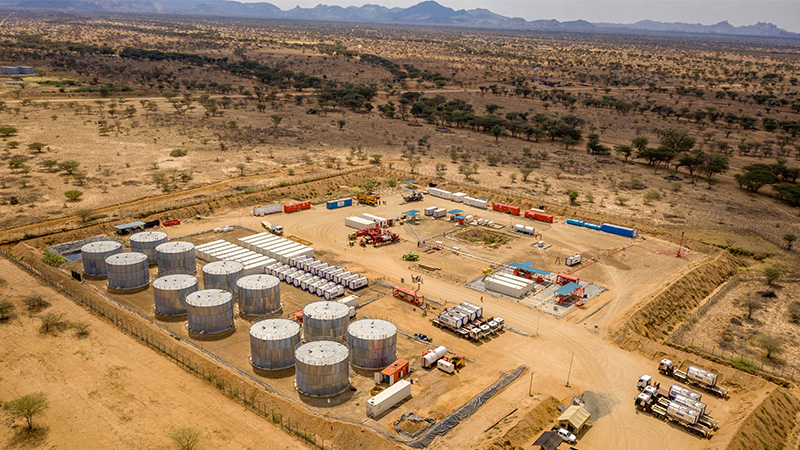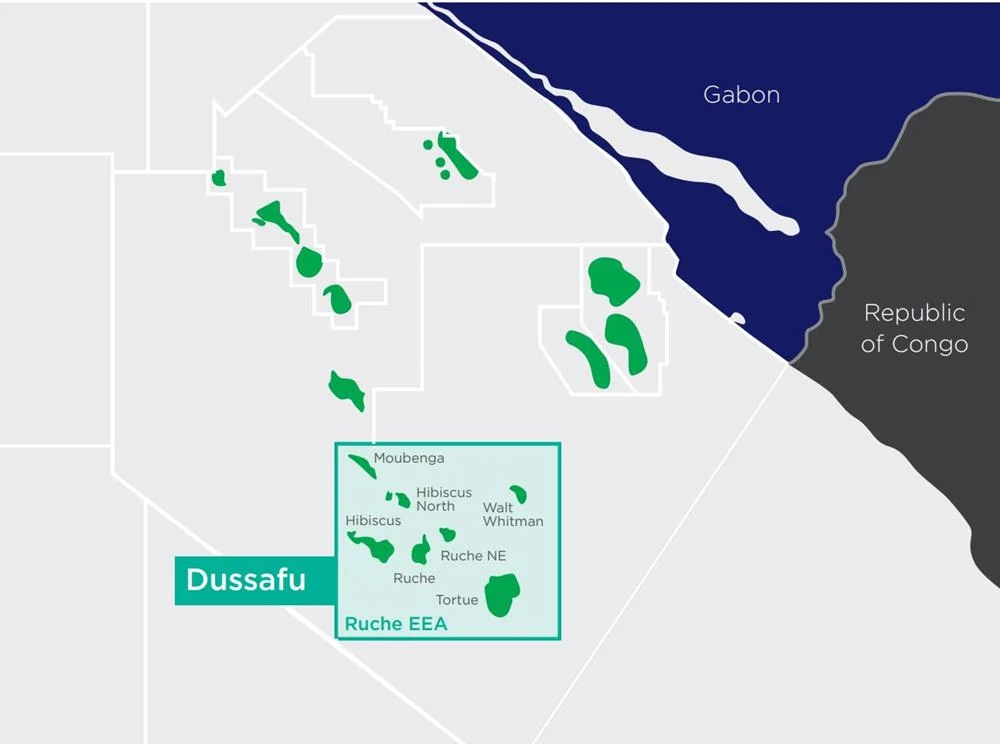Kenya’s Block 11A 2D seismic results encouraging – EHRC
The 2D seismic program covering approximately 1,000 line kilometers on Block 11A being undertaken by BGP Kenya limited on behalf of the CEPSA and ERHC partnership is nearing completion according to the latest update by ERHC.
Based on analysis of the 2D seismic data combined with data from an airborne Full Tensor Gravity Gradiometry (FTG) survey conducted earlier, ERHC and the Block operator, CEPSA, will determine whether to acquire 3D seismic or proceed directly to drilling.
Upon completion of the 2D seismic program, CEPSA and ERHC will have satisfied the minimum work program requirements for the initial two-year exploration period under terms of the Block 11A Production Sharing Contract.
“Results to date from the 2D seismic have been encouraging and we are very proud that every step of the first phase of our exploration work program has gone precisely as planned,” said Dr. Ntephe.
In early 2014, ERHC announced it had completed its airborne Full Tensor Gravity Gradiometry (FTG) survey of Block 11A. Bell Geospace, which flew the FTG on ERHC’s behalf, acquired a total 14,943.8 line kilometers. ERHC announced in late 2013 that preliminary results confirmed that the Lotikipi basin extends into Block 11A.
Final results are expected to significantly advance the exploration team’s understanding of the internal structure of the Lotikipi rift basin and enable the identification of the most prospective areas.
Of major implication to the petroleum system in the Block 11A area, the Loperot well recovered light paraffinic oil sourced from an excellent type 1 oil-prone lacustrine shale. Even more important have been the significant oil columns encountered by the Ngamia-1 well.











